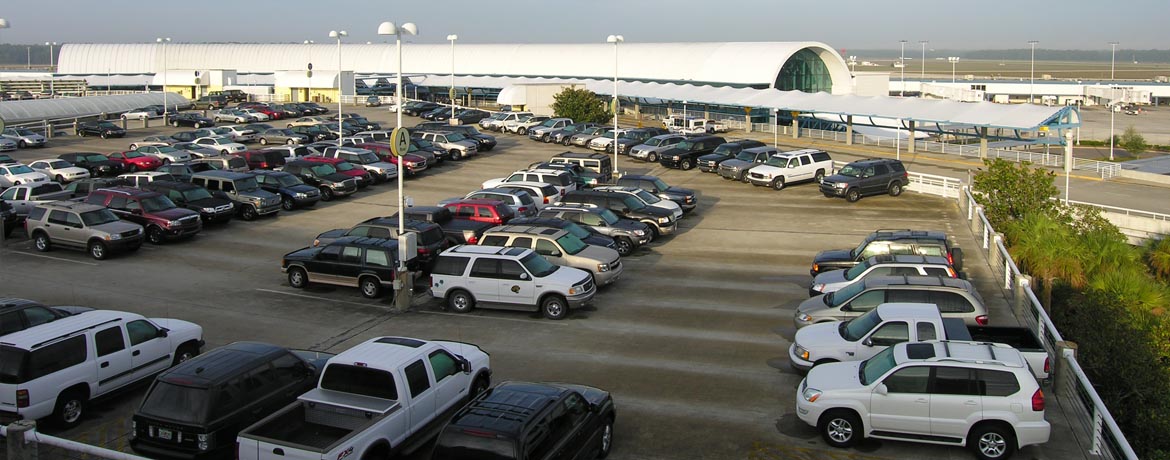Although it may seem logical for an airport to fix all its flaws at once, attempting to solve parking problems during construction periods might prove needlessly chaotic. With roughly one in every five flights experiencing delays, airports need to seriously consider the additional impact that closures and reroutes can have on travelers.
Tackling parking dilemmas and other airport construction needs simultaneously can ensure more progress is made in a shorter time, which is certainly important to consider in an industry dependent on arrivals and departures. That said, a longer renovation plan with phases of work spread out can make the difference between a somewhat bogged-down airport and a completely dysfunctional one. New York’s LaGuardia airport, which is undergoing perhaps the most widely-publicized long-term airport reconstruction effort of recent times, has seen such sharp increases in car traffic that the TSA has urged customers to arrive even earlier than they normally would.
Also mentioned in the TSA’s warning is the sharp decrease in parking availability as part of this reconstruction. Airports might predict that, as a reaction, significantly fewer customers will attempt to park their cars, instead opting for public transit or ridesharing options; since parking can be a key revenue source for airports, this issue poses a big question. Is the short-term stress and chaos that the combination of parking renovations and airport-wide construction creates more valuable than a long-term, multi-step plan that addresses parking before construction? Parking management systems can help provide an answer.
How parking management systems can ease the burden of airport construction

For airports like LaGuardia undergoing significant construction, a parking management system is an ideal solution to install without further interfering with the chaotic construction environment. A level guidance system and spot identification system can be installed in parts, only closing a few spots at a time while the hardware is laid out. The installation process is conducted with the airport in mind. Knowing how chaotic it would be if a significant number of spots are closed at a time, a proper installation process would only close off an insignificant number of parking stalls at a time, leaving the rest of the lot free while this game-changing system is deployed.
Considering groundside capacity, managers have to consider the movement of hundreds of thousands of people who pass through the airport each day, even while construction is going on around them. A traveler expecting trouble with airport parking might want to know the exact location and number of parking spots available so they spend less time looking for parking and more time checking in and relaxing before boarding their flight. Parking management systems show drivers the amount and location of available parking spots, significantly reducing the time spent searching for the so-called “perfect spot.” Signs at the entrance display just how many spots are left, while LED signs indicate which spots are open and which are occupied with a quick glance.
Parking management systems simply keep traffic moving as well, an extremely helpful tool in a place prone to idling and slow-circling cars. It’s an unavoidable fact that people searching for parking causes traffic – the question is just how much traffic it creates. In an airport, this is compounded by cars and shuttles which drop off and pick up passengers around the clock. By directing passengers and their rides directly to the open spots, there’s no question regarding which lot to drive to or which garage level to slowly circle around, searching for the elusive spot.
For airports – even those under construction – installing a parking management system wouldn’t add to the burden of an airport already turned upside-down by closures and reroutes. Far from it, actually – parking management installation would likely what interferes the least with current airport operations. Such a low-profile installation makes any time ideal to put a solution to work, but particularly of interest while the rest of the airport is being reworked, so that the airport can undergo all its improvements – including to parking — all at once.

